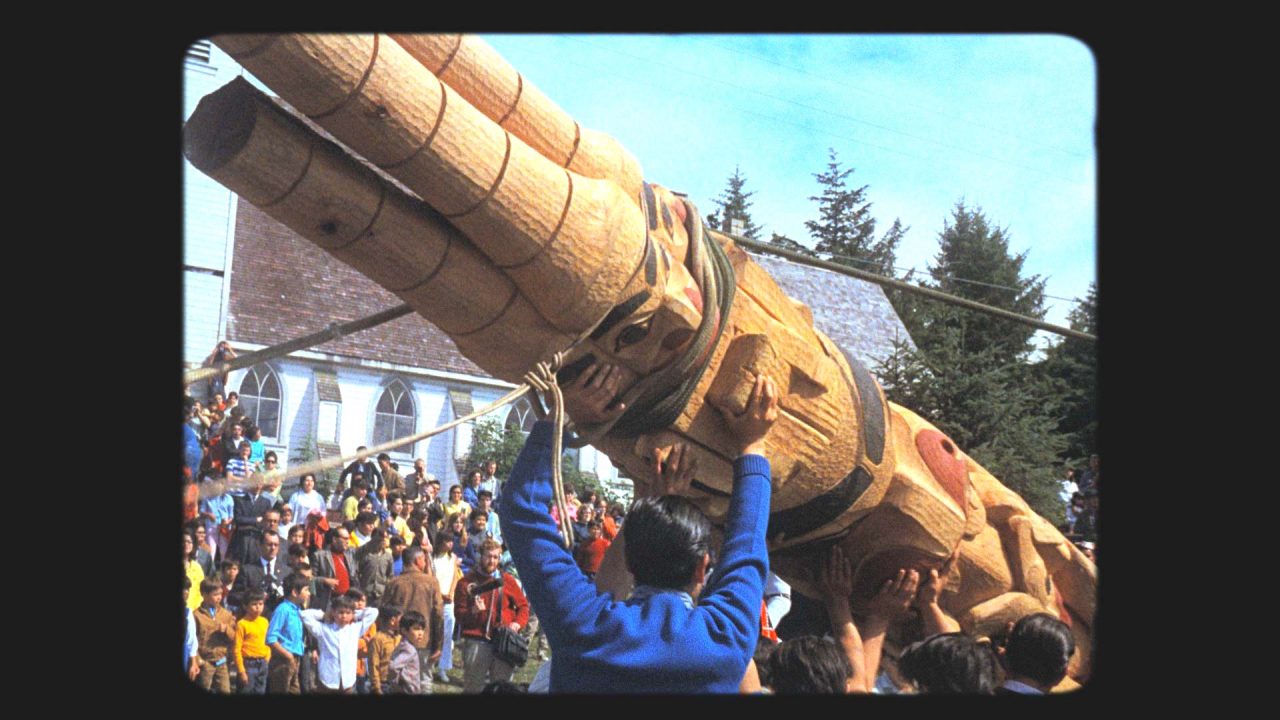
A Fine Day in Masset: Christopher Auchter Revisits Crucial Moment in Haida Renaissance
A Fine Day in Masset: Christopher Auchter Revisits Crucial Moment in Haida Renaissance
It was a fine day in Masset: August 22, 1969. For the first time in living memory a traditional totem pole was being raised in the community. Surrounded by their extended families, members of the Eagle and Raven Clans formed parallel teams to leverage the towering structure into place alongside the old church where it still stands to this day.
Elders would speak of “a forest of totem poles,” recalling a time when the giant carvings were common throughout the Haida Gwaii archipelago, but by the late 1960s most had vanished — suppressed by Christian missionaries and assimilationist laws that aimed explicitly to eradicate Indigenous identity from the Canadian landscape.
The new pole was the brainchild of Robert Davidson, also known by his Haida name Guud San Glans, a visionary young artist who would reinvigorate the tradition, becoming a central figure in a vibrant Haida renaissance. While previous generations had kept Haida art alive with small-scale wooden and argillite carvings, Davidson was working a monumental scale that had not been seen in almost a century.
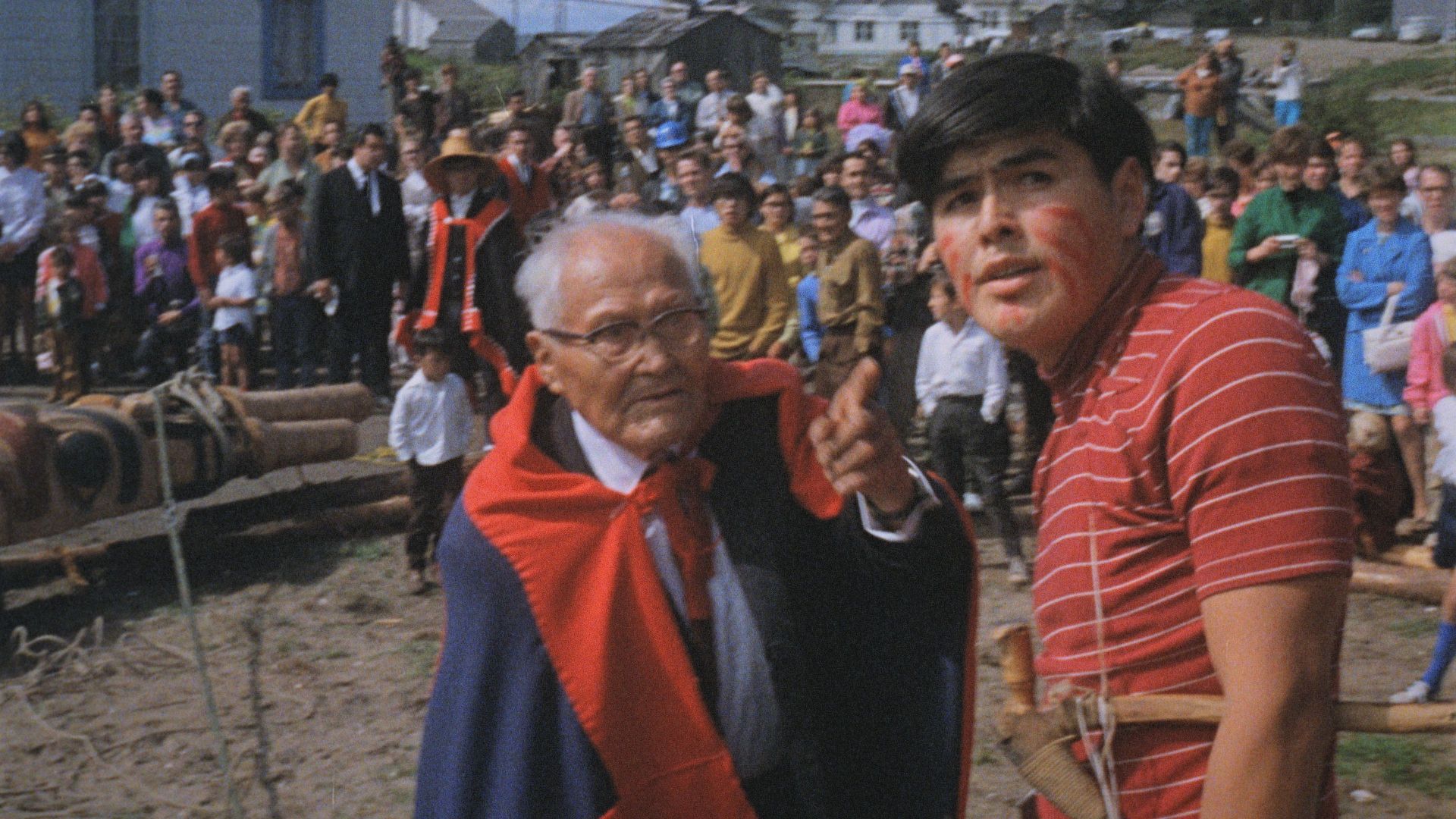
Hardly out of his teens at the time, Davidson and his project were the subject of a short NFB doc, released in 1970, called This Was the Time. But the film raised more questions than it answered, presenting events through the muddled lens of the dominant Euro-Canadian culture.
Five decades later, as part of the 50th anniversary of Davidson’s radical gesture, filmmaker Christopher Auchter, another native son, is bringing the story back home. Now is the Time, his remake of This Was The Time, reframes footage and out-takes from the 1970 production, juxtaposing this material with animation, contemporary interviews and remarkable newly unearthed archival sound.
A short documentary produced by the BC & Yukon Studio, Now is the Time gets its world premiere at the 2019 edition of the Toronto International Film Festival.
WATCH NFB PAUSE WITH CHRISTOPHER AUCHTER:
“Beautiful education in my own culture”
“It’s been is a beautiful education in my own culture,” says Auchter who won praise for his 2017 directorial debut, The Mountain of SGaana, vivid animation inspired by Haida mythology. “I myself have been surrounded by Haida art all my life but it hasn’t always been that way. Robert Davidson grew up in a generation very different from mine. He told me that he once went door to door in Masset, searching for Haida art that he could study, to learn how the old masters worked, and he only found one object: a painted Bentwood box.”
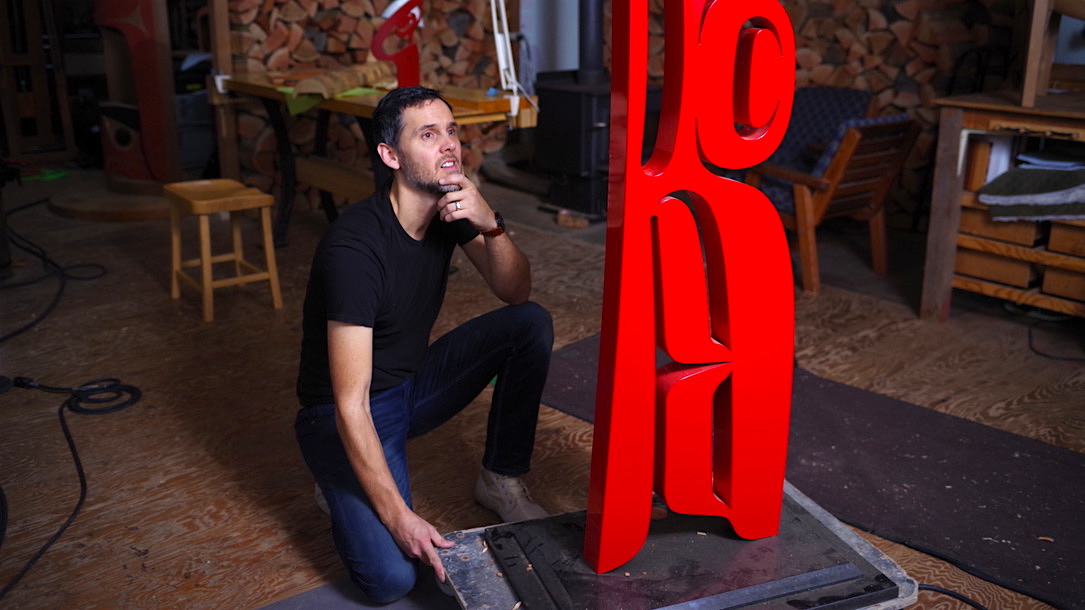
“When I tried to understand for myself what happened to all the totem poles, I was even more perplexed. It was only when I unearthed 50-year-old taped recordings of elders giving first-hand accounts that I finally grasped what had actually happened to the carved poles. You’ll have to watch the film to find out that answer. It was only when I heard those tapes that I fully understood the significance of Robert’s famous Bear Mother Totem Pole, the first in nearly a century, the effect it had our community — and the effect that it has had on me.”
Now recognized as one of Canada’s most distinctive visual artists, Davidson looks back on that August day as a turning point in his creative trajectory. Speaking to journalist Mark Follman for a 2013 profile in Mother Jones Magazine, he states: “The totem pole caused an incredible change in my life, in my understanding of ceremony, of what art means to the people.”
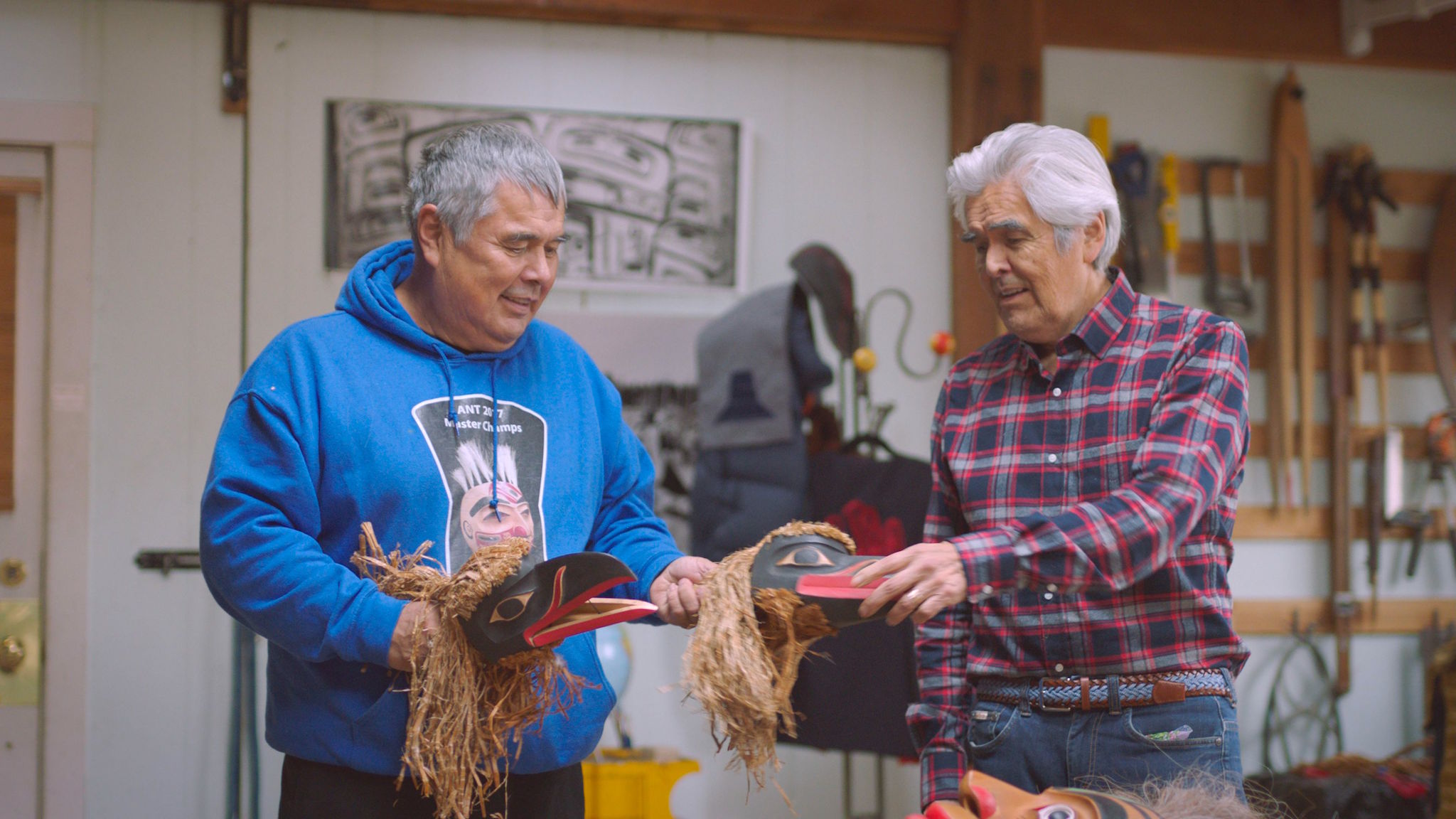
In revisiting the events of 1969, Auchter situates Davidson’s achievement squarely within his people’s historic experience with colonialism. “Why did the totem poles disappear in the first place? Why wasn’t the potlatch allowed to happen? I get to explore that history, and I get to tell the story of how Robert’s totem pole helped bring back our artistic culture. His pole is still there, in excellent condition after 50 years, looking as beautiful as ever. Except now it’s not alone. Other poles have been raised since then. Not in the same numbers as the old days, but very significant all the same.”
Barbara Wilson: Haida scholar & voice from the past
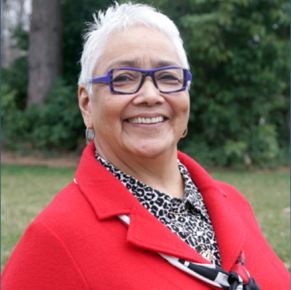
One of Auchter’s key interview subjects is Haida scholar Barbara Wilson, who was a young trainee filmmaker in 1969, present in Masset on that fateful day. As a contemporary of Davidson’s, she shared his interest in Haida cultural resurgence, and as a member of the NFB’s newly formed Indian Film Crew (IFC), she helped craft the initial proposal for the film, a project called Potlatch in which she positioned Davidson’s initiative within a broader cultural context, emphasizing themes of renewal and resilience.
It was Wilson who brought the film crew to Masset for the big event, but having played a crucial role in pre-production and on the shoot itself, she found herself removed from key creative decisions when the film moved into post-production, with no say in how the film was edited. Produced with financial support from the federal Department of Indian Affairs and Northern Development, the film was released as This Was the Time, containing little of Wilson’s original vision. A romanticized and fragmented representation of events, finished by a non-Indigenous team and featuring a non-Indigenous narration, This Was the Time suggested a culture on the verge of disappearing rather than one poised for rebirth, and the French title, Héritage perdu, only emphasized this sense of elegiac doom.
Although Wilson’s name appears in the final credits, she did not actually see This Was The Time until 2017 when she reached out to Michelle van Beusekom, Executive Director of the NFB’s English Program, asking to see a copy. People in Masset had started planning the 2019 anniversary and Reg Davidson, Robert’s brother, wondered whether film might be made available for the occasion.
“My instant reaction when I saw the film was, this is pure unadulterated propaganda for Indian Affairs,” says Wilson. “They missed so much about Robert’s family and their participation. You can’t put up a pole without holding a potlatch. The two always go together. When Robert raised his pole, he also did a potlatch, and that’s hugely significant. I’m sure that they had lots of great footage of Robert with his family, his grandfather and grandmother, all the people who were instrumental in helping him get to that place where he could do a potlatch, but the film didn’t get that across.”
The potlatch occupies a central place in Haida society and economy. Even when the potlatch was outlawed under the Indian Act, from 1884 until 1951, communities found ways to circumvent the ban. “People continued to do their clan activities under the guise of Christian celebrations like Christmas dinner or Easter, on holidays like May 24 or July 1, or as house prayer meetings,” says Wilson.
As plans proceeded in Masset to mark the 50th anniversary, Reg Davidson, Robert’s brother, came up with a novel proposal: What if the story was retold from a Haida perspective? Wilson put this idea to van Beusekom who liked the idea and confirmed that the original footage was indeed still available in the NFB archives: van Beusekom in turn discussed the proposal with Shirley Vercruysse, Executive Producer at the BC & Yukon Studio, who reached out to Auchter — a distant cousin of both Wilson and Davidson — and Auchter quickly embraced the idea.
Striking gold at the BC Archives
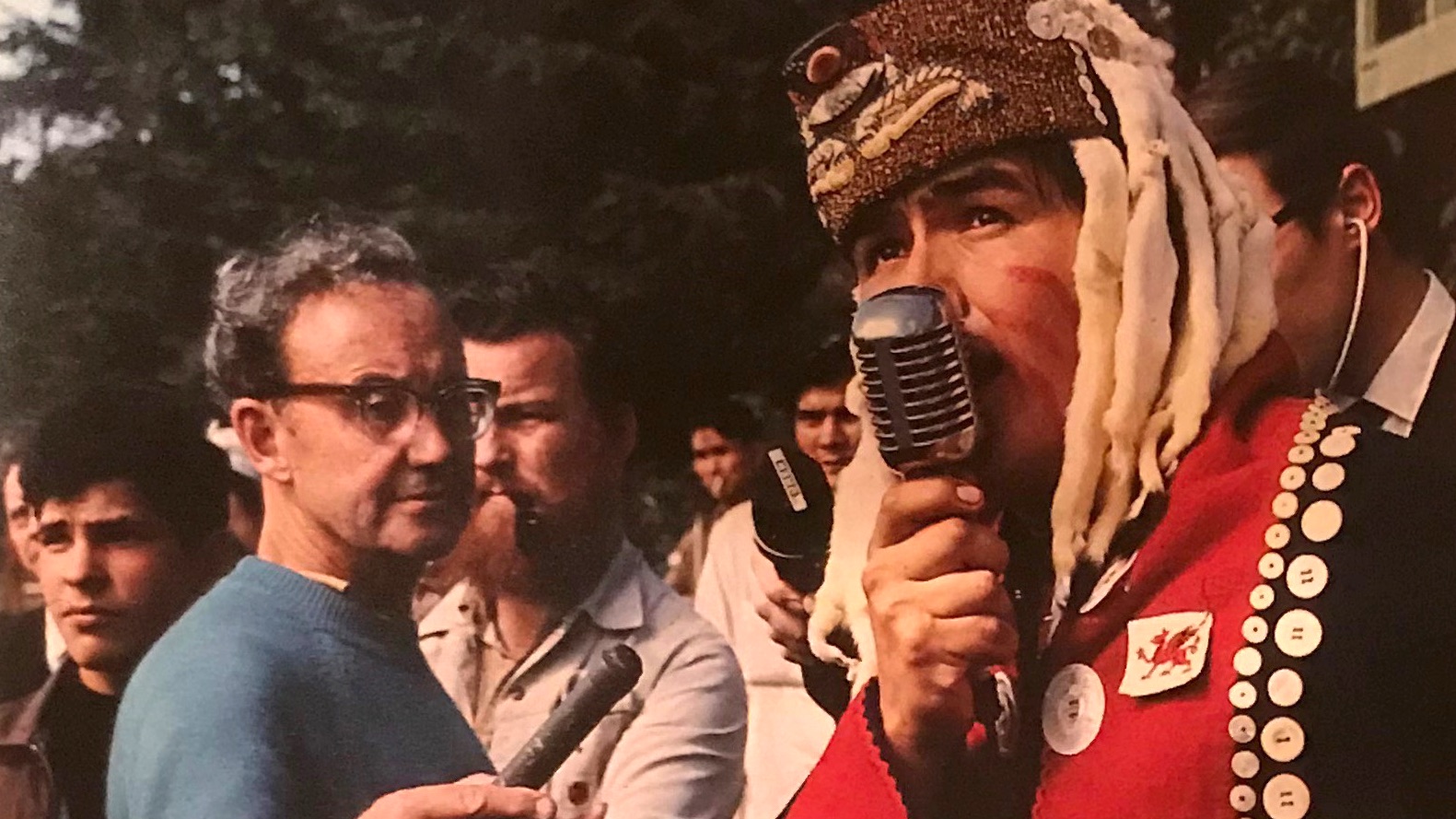
In fleshing out the story of Davidson’s historic totem pole and potlatch, Auchter spent months in archival research, unearthing invaluable material at the BC Archives, home to the remarkable Imbert Orchard/Living Memory Collection, thousands of audio recordings made by journalist Robert Imbert Orchard during the 1960s for CBC radio.
“It was just blown away by what I found. Imbert Orchard was in Masset for the pole raising and he recorded interviews with all kinds of people. There are interviews with elders, with Robert and Barbara, and great sound of the actual moment when they’re raising the pole. You hear guys from the Eagle Clan teasing the Ravens. ‘Hey Ravens, what are you doing on your side? We’re doing all the work here!’ A lot of the audio from the 1969 shoot has been lost, so this stuff is pure gold.”
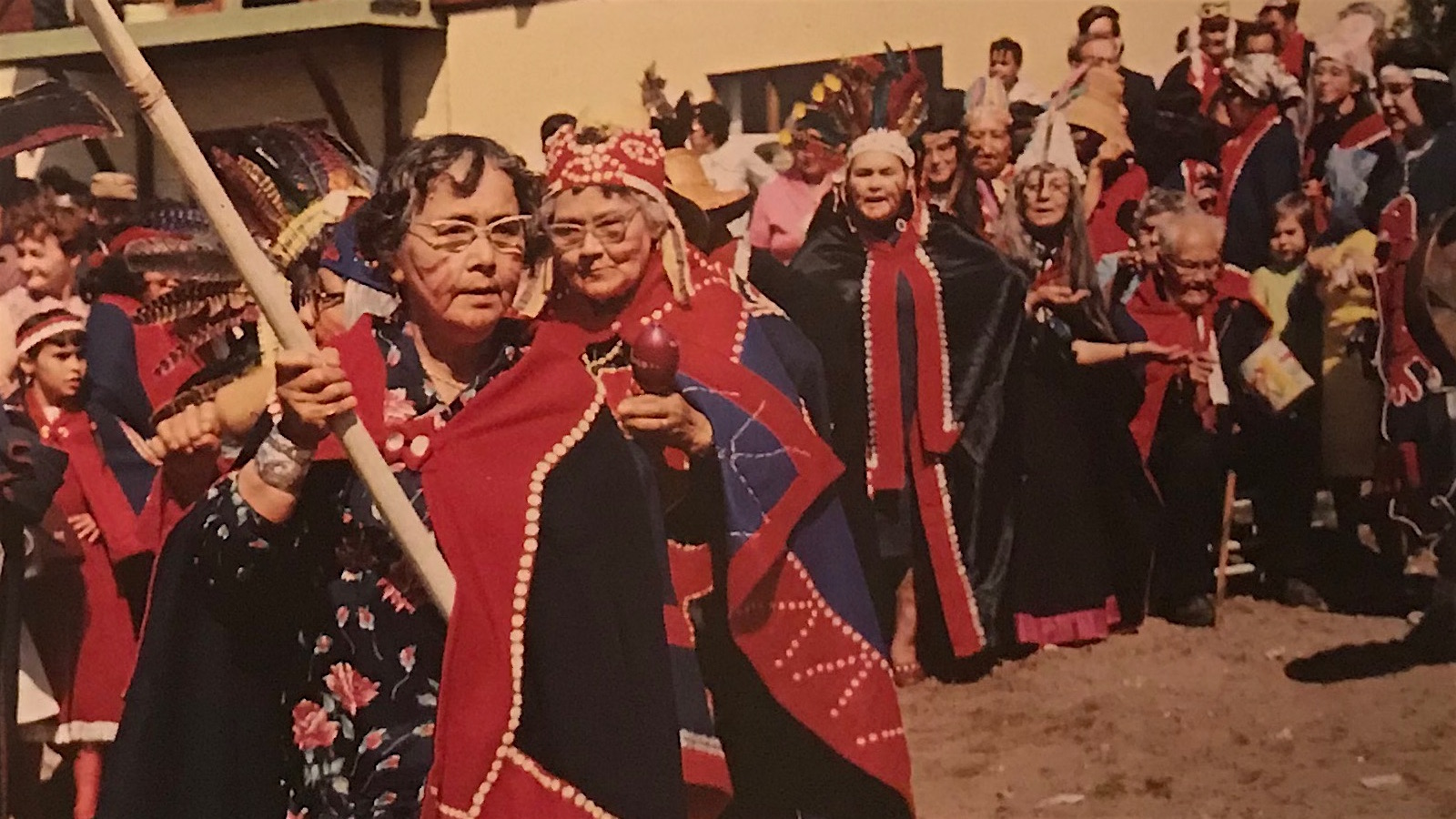
The work of anthropologist Margaret B. Blackman has been another important source of material. Back in the 1970s Blackman collaborated with Robert’s grandmother Florence Davidson to write During My Time: Florence Edenshaw Davidson, a Haida Woman, published in 1982 by the University of Washington Press. “Margaret Blackman’s interviews with Florence Davidson were a real discovery,” says Auchter. “And Margaret herself has been very generous with her time, helping me with my research, always available on email to answer my questions. I was excited to learn that she is now the mayor of Brockport, a small town in New York state.”
Auchter’s production team, a mostly Indigenous crew that included cinematographer Asia Youngman and sound recordist Ramsay Bourquin, conducted a two-day winter shoot at Davidson’s studio, located on the Semiahmoo First Nation near White Rock, where they interviewed both Robert and his brother Reg, who played an important supportive role in the 1969 events. In a second shoot, a smaller crew recorded an interview with Wilson. Selected sequences have been animated with a combination of stop motion and classic 2D techniques.
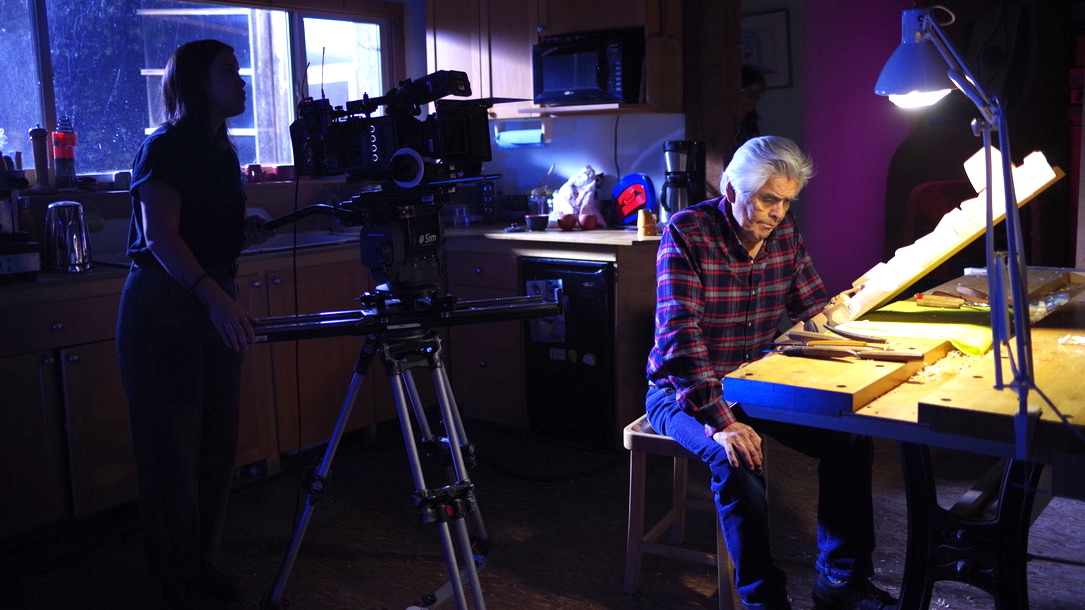
Auchter’s link to legendary Charles Edenshaw
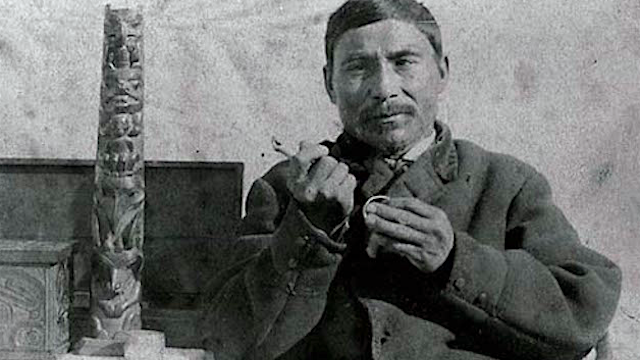
Auchter is the direct descendant of legendary Haida artist Charles Edenshaw (1839-1920), an early proponent of the distinctive Haida Formline style that informs his animation work. Now based in Vancouver, he grew up in Haida Gwaii, working on his family fishing boat and roaming the local beaches and forests. He later studied animation at the Emily Carr University of Art & Design and Sheridan College, going on to hone his craft as an animator on Daniel Janke’s animated short How People Got Fire, and working various jobs at Electronic Arts, APTN, and Bardel Entertainment, where he help to create work for Nickelodeon, Disney and Dreamworks.
Having won acclaim for his work in animation — The Mountain of SGaana was awarded the prize for Best Animated Film for Young Audiences at the 2017 Ottawa International Animation Festival — Auchter is now venturing into documentary. “This would be a different film if I hadn’t already made The Mountain of SGaana,” he says. “That film really challenged me as a storyteller. I learned a lot about how to balance image with language when telling a story. With this project I’m drawing upon my animation background. I want to make documentary that has moments of magic.”
Tllyahda: Barbara Wilson on “making things right”
Barbara Wilson has played her own important part in Indigenous cultural revitalization — as a writer, photographer, scholar, film consultant and advisor to various agencies. Her many current activities include guest speaking for Anishinaabe scholar John Borrows, Canada Research Chair in Indigenous Law, and Nancy Turner, Emeritus Professor at the University of Victoria. Dr Turner’s research integrates botany and ecology with anthropology, geography and linguistics, and she has a special interest in the traditional knowledge systems and traditional land and resource management systems of Indigenous Peoples in western Canada. Wilson also works with marine biologist Anne Salomon, Associate Professor at SFU’s Coastal Marine Ecology and Conservation Lab and a PEW Fellow who’s developing ecosystem-based systems with the Nuu-chaa-nuuth, Heiltsuk and Haida peoples.
Wilson is a Fellow with the Pacific Institute for Climate Solutions and has recently completed a MA in Education at Simon Fraser University. She also chairs the advisory group for the United Church Fund of Canada for Indigenous Justice and residential school survivors.
She was one of the seven original members of the NFB’s Indian Film Crew, along with Tom O’Connor, Noel Starblanket, Roy Daniels, Morris Isaac, Willie Dunn, and Mike Kanentakeron Mitchell. Established in 1968 on the initiative of George Stoney, the executive producer of Challenge for Change, it was Canada’s first all-Indigenous production unit, making groundbreaking work like The Ballad of Crowfoot and You Are On Indian Land, a film that helped galvanize Indigenous movements across the continent. Wilson did camerawork for the 1968 IFC production Loon Lake, a film made with the Cree of Loon Lake, in northern Alberta. Originally released in a Cree language version only, Loon Lake is slated for re-release, complete with English and French subtitles and new study materials, a project produced by Coty Savard at the North West Studio.
Although frankly critical of the original This Was the Time, Wilson recalls her time with the Indian Film Crew in a generally positive light. “I don’t think any part of my life has been untouched by that experience. I had the opportunity to work with amazing people — Kathleen Shannon, Dorothy Todd-Hénaut, Colin Low, Marcel Carrière and so many others. And George Stoney had a heart as big as the world. I learned so many valuable skills during that time. And it was enlightening to see how the Department of Indian Affairs operated, how they always wanted to paint to this pretty picture.”
Discussing Auchter’s remake, she evokes the Haida concept of Tllyahda: “It means finding a balance, making things right, seeing justice done. So if we’re looking at real reconciliation between our people and Canada, maybe this could be a lesson for all of us. So I’m just thrilled that this story is going to be fixed.”
Now is the Time is one of over 30 Indigenous-directed projects currently in development, production or release across the various NFB studios. Now is the Time gets its world premiere at the 2019 edition of TIFF.
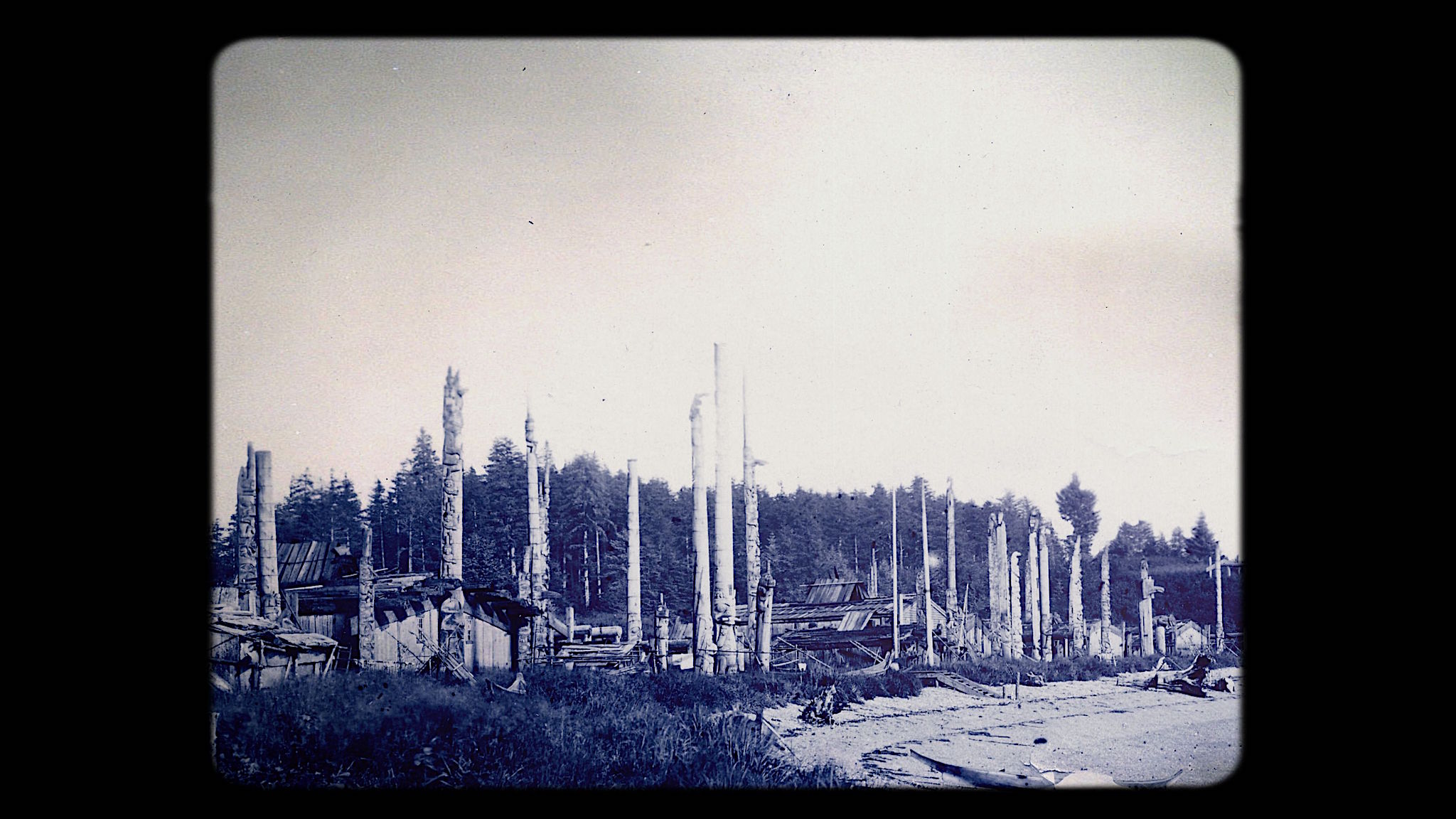
The First Nations Crew on Now is the Time is comprised of Asia Youngman (DOP), Ramsay Bourquin (sound recordist), Odessa Shuquaya (camera assistant/DMT) and Cameron Watts (gaffer/grip). Stop motion animation is by Alicia Eisen. Directed by Christopher Auchter, it was produced by Selwyn Jacob, associate produced by Teri Snelgrove, and executive produced by Shirley Vercruysse at the BC & Yukon Studio. Now is the Time is a production of the National Film Board of Canada in association with Knowledge Network.




Wow! This is a fantastic piece!
Thanks